PROJECT
The monitoring and control of thermo-hygrometric indoor conditions in museums aims to assure the preservation of cultural heritage collections.
Different methodologies have been developed starting from the analysis of historical data of environmental conditions where the object has remained for long periods, assuming that no further damage can occur as long as new fluctuations of temperature (T) and relative humidity (RH) do not exceed past fluctuations.₁

Nevertheless, the current paradigm ruling the control of environment in museums is still very restringing regarding set points for T and RH conditions. The reticence of conservation professionals in adopting wider set points could be explained partly by the lack of a methodology correlating actual chemical degradation in artworks to environmental indexes that allow easy interpretation and understanding of the risks for collection’s conservation.
Nowadays, a huge amount of energy and economic resources are being consumed in air conditioning systems in museum environments. An evaluation from Mecklenburg 2 showed that increasing the RH tolerance from ±2 % to ±7% would reduce the energy costs by 55% based on measurements obtained from nine buildings of the Smithsonian Museum. The cost of energy needed to run a big museum like the Louvre, in 2021 was estimated at 10 Million Euros/year, with reduced supply of energy resources and prices experiencing a huge rising in 2023, energy management in museums needs urgent attention.
₁ Bratasz, «Allowable microclimatic variations in museums and historic buildings: reviewing the guidelines.Climate for Collections:Standards and Uncertainties.»; UNI 10699:2002. Beni culturali. Principi generali per la scelta e il controllo del microclima per la conservazione dei beni culturali in ambienti interni, 10; American Society of Heating,Refrigerating, and Air- Conditioning Engineers Inc, ASHRAE Chapter 24: Museums, Galleries, Archives, and Libraries. In: ASHRAE Handbook HVAC Applications, SI Edition; Holl, «Comparison of indoor climate analysis according to current climate guidelines with the conservational investigation using the example of Linderhof Palace»; Bichlmair, Holl,y Kilian, «The moving fluctuation range – a new analytical method for evaluation of climate fluctuations in historic buildings».
₂ Mecklenburg, M.F. Determining the Acceptable Ranges of Relative Humidity and Temperature in Museums and Galleries; Smithsonian Museum Conservation Institute: Hillcrest Heights, MD, USA, 2007.
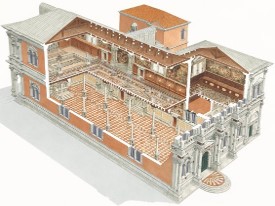
General aims
The objective of the project is twofold: on one hand, obtain records of historical measures of T and RH and, on the other hand, to obtain chemical data of the changes induced by T and RH to understand materials ageing process in order to contribute to Museums management of energy and resources and their adaptation to climate change.

Specific Objectives
1. To give to the methodology for the monitoring and control of fluctuations of temperature and relative humidity in museum environment published in 2020 a chemical background considering materials degradation.
2. To gain knowledge into material’s degradation produced by hygrometrical changes in the context of real museum environment in: Gallery of Academia of Venice (GAV), Český Krumlov Castle (CKC), Historical Museum of Oslo (HMO), and under accelerated laboreatory aging.
3. To monitor and characterize museum environment in historical buildings to understand their behavior and to evaluate their capacity dumping outdoor climate variations.
4. To extend the exploitation of the methodology, by training end users (museum professionals) beyond the initial partner institutions: GAV, VMO, HMO, CKC and National Heritage Institute of Czech Republic (NHI) to help their professionals to manage their energy consumption. Venice is the ideal location for reaching Museum experts and conservation professionals because of the number and importance of the museums present in the city.


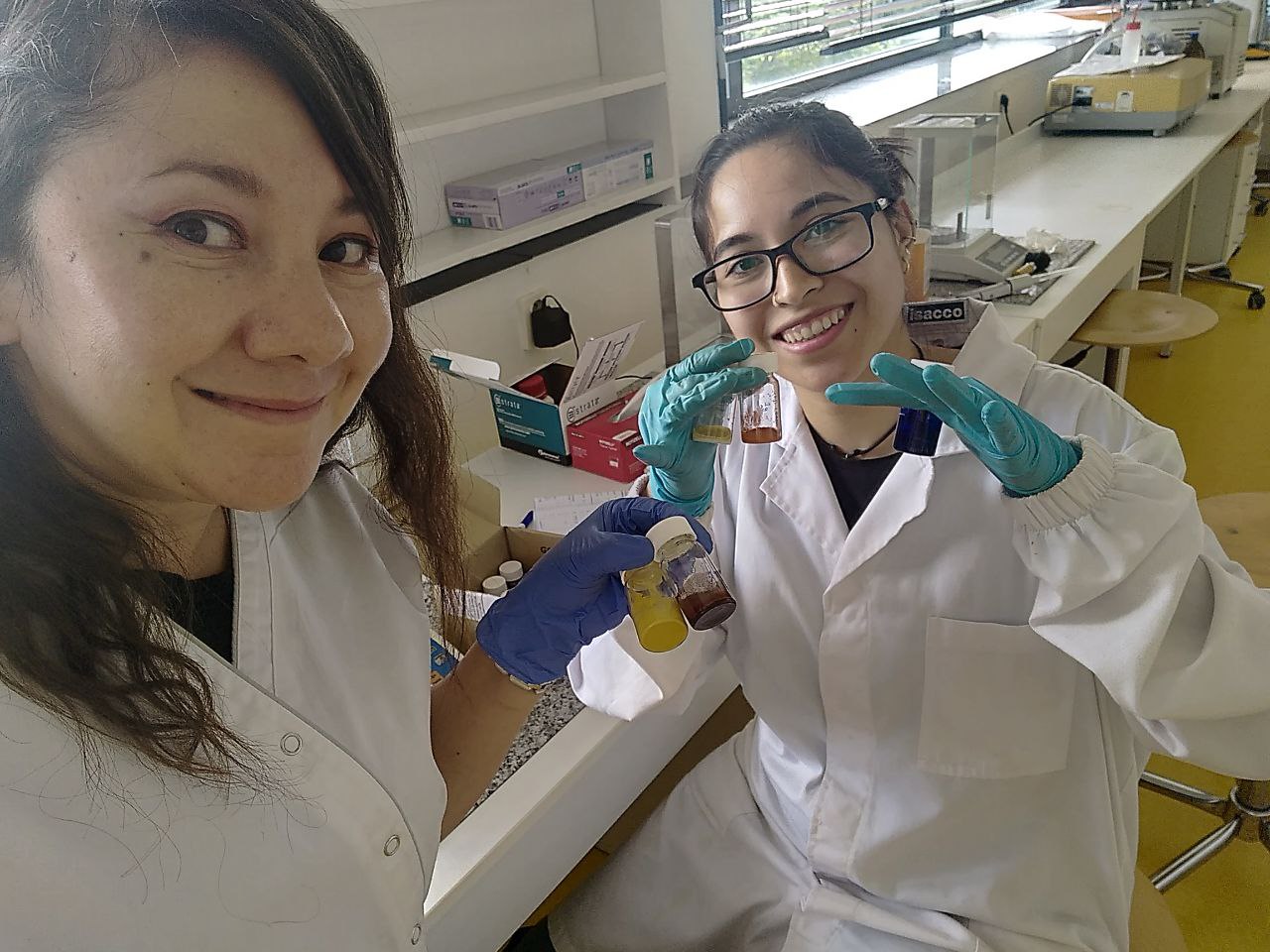
Activities
In WP1 “Documentation” the building, the collections, the historical records of T and RH will be documented.
In WP2 “Environmental monitoring and chemical aging observation”, will monitor and record behavior of the indoor T and RH of selected rooms. To relate the effects of environment on materials a set of mockups will be exposed in the museum.
In WP3 “Chemical characterization” Is devoted to the chemical characterization of mockup samples before and after the natural and artifial aging is concluded.
In WP4 “Integration of results” contemplates the analysis of possible correlations between the magnitude, the duration and the speed of fluctuations with the type of changes observed in mock ups. with the data from T and RH a statistical prediction of the extremes generated by climate change for the next 20 years will be produced for each location of partner museums. Then by applying the newly created methodology, SMARTMUS-E project will determine for how long artworks will be exposed to extreme periods of T and RH fluctuations.
In WP5 “Communication and Dissemination and Exploitation” This activity is devoted to inform both professional and general public about the project developments and its results.
Expected results
The ambition of this project is to better understand the mechanisms relying under oil painting degradation in different climates. This knowledge is crucial for the conservation of delicate artworks.
In one hand, stablishing molecular profiles that allow to differentiate ageing conditions could help institutions to predict the behavior under wider set points of temperature an d relative humidity. Wider set points of these parameters could allow to preserve these paintings in a more sustainable way.
In the other hand, it is also crucial to study series of past temperatures and relative humidity to attempt to establish a correlation between estate of conservation, molecular profiles and ageing conditions.
It is important to note that moderate widening of hygromethical set points had contributed in the past to energy savings of up to 50% in Museums around the globe.
Under current circumstances, it belongs to Museum institutions around the globe to act for the preservation of artworks and fight against climate change and the preservation of environment.
Academic Partners
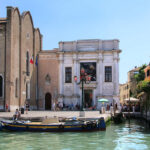
Gallery of Academia of Venice (GAV)

Český Krumlov Castle (CKC)

Historical Museum of Oslo (HMO)

Viking Museum of Oslo (VM)

National Heritage Institute of Czech Republic (NHI)
Secondments
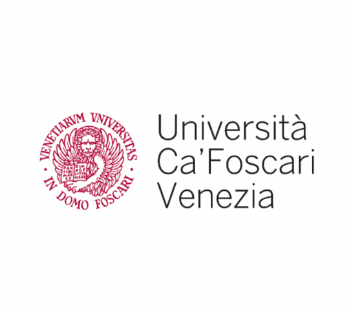
Ca’Foscari University Isadora Antoniano Villalobos
Non Academic Placement
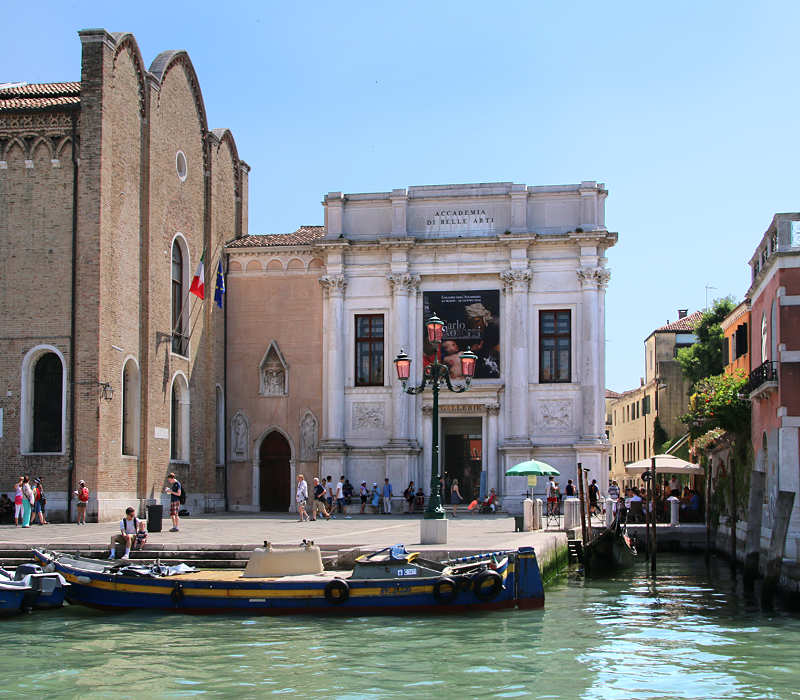
Gallery of Academia of Venice (GAV)
